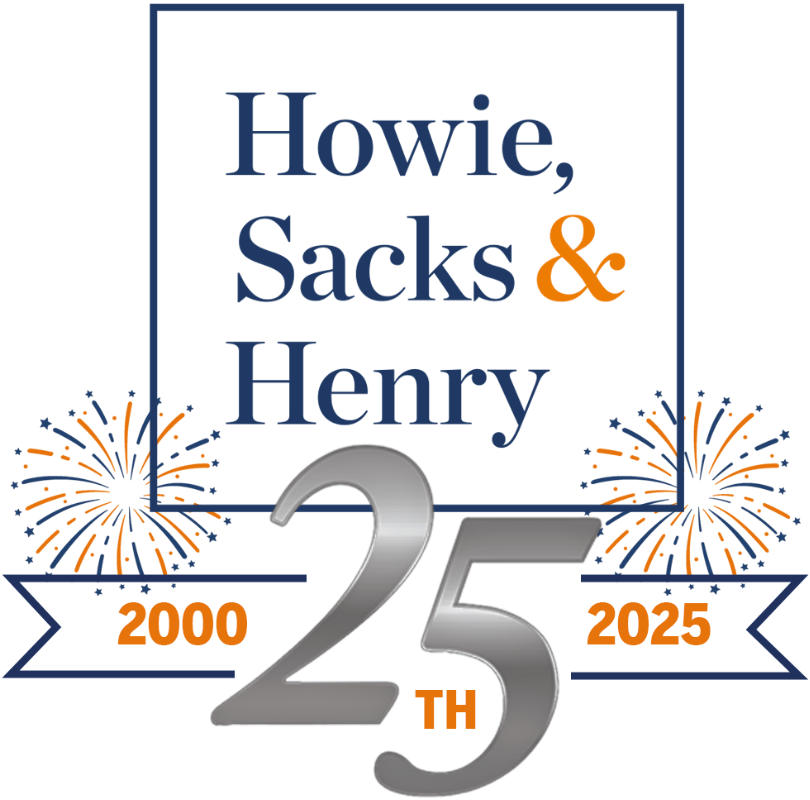
With a recent spell of unseasonably mild mid-winter weather coinciding with noticeably more daylight hours, you can feel the anticipation building among motorcycle enthusiasts for the start of the most enjoyable time of the year to be out for a drive.
But, as more Ontarians take to the roads, the risk of motorcycle accidents also increases. While no rider or passenger ever wants to think they might be involved in an accident during a joyride, knowing when and where motorcycle accidents are most likely to occur may encourage you to exercise extra caution. By being aware of risky times and places to ride, you can help prevent a serious injury or even save a life.
In this blog post, I explore statistics from Ontario and elsewhere in North America to identify when and where motorcycle accidents happen more frequently. In the unfortunate event that you or a loved one does suffer an injury, this post will also explain how you may be eligible to receive compensation and/or accident benefits following an injury.
How safe are Ontario roads for motorcyclists and their passengers?
If you are a driver, passenger, or pedestrian in Ontario, it’s probably reassuring to hear that our province’s roads are among the safest in North America. In fact, Ontario has ranked among the top five safest jurisdictions for a quarter of a century according to the most recent Ontario Road Safety Annual Report.
In 2020 – the most recent year for which there is a published annual report – Ontario posted the lowest road fatality rate on the continent, and saw overall reductions for both fatalities and serious injuries.
Unfortunately, recent road safety statistics are decidedly mixed for motorcyclists. Motorcycle rider fatalities increased by an alarming 35 percent between 2019-2020 (60 to 81) and the motorcyclist fatality rate reached a 15-year high. Although motorcycle drivers and passengers represented only 2.4 percent of all people involved in road accidents in 2020, they accounted for 15.3 percent of fatal injuries and 15.2 percent of major injuries.
Time of Day, Day of the Week, and Season
While an accident can occur any time a motorcyclist is on the road, they tend to happen more often at certain times of the day, on certain days of the week, and during certain months of the year.
According to the US-based National Highway Traffic Safety Administration (NHTSA) about half of all motorcycle accidents happen between Friday evening (starting at 6pm) and Monday morning (ending at 6am). Ontario’s road safety studies report comparable statistics.
During the weekend, the NHTSA notes that the most common period for an accident to occur is 6pm-9pm, and 75 percent of all weekend accidents occur from noon-midnight. On weekdays, the period around the afternoon rush hour commute (3pm-6pm) is the most likely time for an accident. Ontario’s road safety reports suggest there are about four accidents involving motorcycles during the daytime for every one that occurs at night.
Unsurprisingly, motorcycle accidents are most common during the warmer months of the year, peaking during the summer and reaching their lowest levels in the winter months. The Motorcyclists Confederation of Canada (MCC) promotes Motorcycle Safety Awareness month in May each year to mark the beginning of the most popular time for motorcyclists to head out on the road.
Whether during the winter or summer months, inclement weather (such as rain) discourages motorcyclists from heading out on the streets and is associated with fewer motorcycle accidents.
Where are fatal motorcycle accidents happening?
Statistics Canada reports that intersections and highways are the most likely places on a road to see fatal motorcycle accidents. With these locations as the site of 31 and 30 percent of fatal accidents, respectively, other locations where accidents were reported include public roadways (23 percent) and bridges, railroad crossings or private parking lots (four percent).
Between 2016-2020, more than half of motorcycle fatalities involved multiple-vehicle collisions, while 38 percent of fatalities occurred due to single motorcycle accidents.
Of accidents involving multiple vehicles, intersection-related collisions were most common and mostly involved left-hand turns across opposing lanes of traffic and front-side (T-bone) collisions. Interestingly, motorcycles were more than twice as likely as passenger vehicles (car accidents and truck accidents) to be involved in fatal intersection collisions. Researchers have speculated that visibility (drivers having difficulties seeing motorcyclists making turns) may explain why motorcycles are involved in more of these types of accidents.
Fatal single-motorcycle accidents were most commonly associated with making contact with a stationary object or leaving the road.
Although motorcycle accidents occur in every part of the province, the Ontario Provincial Police monitor accident rates within regions of the province and call attention to notable trends. For example, police in southwestern Ontario alerted the public to a doubling of accidents in Grey-Bruce, Norfolk, Essex and Middlesex counties in 2022 compared to the previous year.
If you or a loved one is involved in an accident
Anyone involved in a motor vehicle accident in Ontario is eligible to make a claim for the Statutory Accidents Benefits Schedule (SABS) regardless of whether or not they are at fault for the accident. The level of funds available will depend on the extent of your injuries (and whether you have purchased optional benefits through your motor vehicle insurance policy).
A 2017 study published in the Canadian Medical Association Journal found that motorcyclists are more than 10 times as likely as people in passenger vehicles to suffer serious injuries from a collision. Moreover, the costs to treat motorcyclist injuries were double compared to automobile collision injuries. Therefore, it is important to seek legal advice from an experienced motorcycle accident lawyer to ensure you receive the compensation you deserve.
The difference between funds available for catastrophic versus non-catastrophic injuries is significant, and insurers frequently try to suggest claimants who are seriously injured have not reached the threshold for a catastrophic designation. As a knowledgeable and skilled motorcycle accident lawyer with access to a strong network of medical experts, I work with accident victims and their loved ones to ensure your claim is assessed properly and an insurer provides fair compensation.
Although statistics indicate motorcyclists (particularly inexperienced motorcyclists) are more likely to be at fault for fatal collisions, a motorcycle accident lawyer can also assist you or your loved one in making a tort claim for damages if another person is completely or partially liable for the accident. Tort claims often provide additional compensation that is useful for your period in recovery. Sadly, SABS benefits are sometimes exhausted if a person’s injury results in permanent disability or requires significant recovery time.
By knowing when and where motorcycle accidents are most likely to occur, you can take extra precautions that will hopefully reduce your risk of injury. But, if you or a loved one is ever hurt in a motorcycle accident, you can have some peace of mind in knowing there are experienced motorcycle accident injury lawyers ready to help.
To learn more about how I can assist in the event of an accident, please contact me for a free consultation.






